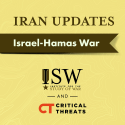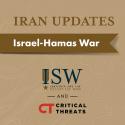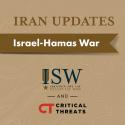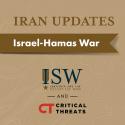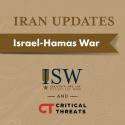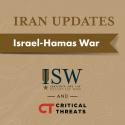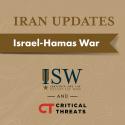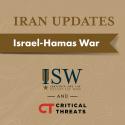Iran Update, April 14, 2024
Apr 14, 2024 - ISW Press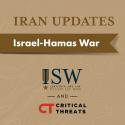
Senior Iranian military and political officials praised the alleged success of the April 13 Iranian attack against Israel and simultaneously warned the United States that Iran would target US bases in the region if the US supported an Israeli response.[1] Iranian Armed Forces General Staff (AFGS) Chief Maj. Gen. Mohammad Bagheri warned that, if the United States supports any Israeli response to its attack, Iran will target US bases in the region.


